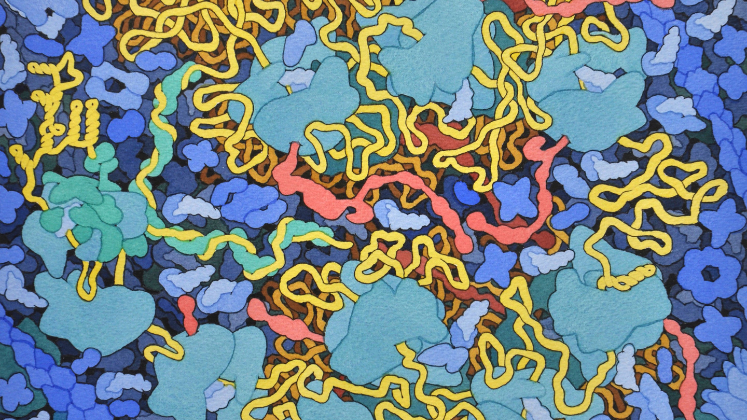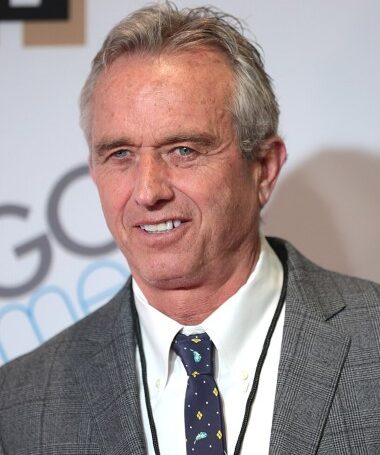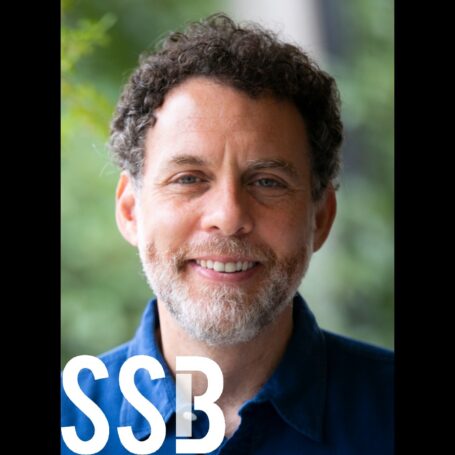What the AIDS Response Can Teach Us for Addressing COVID

The spread of COVID-19 poses a serious threat to Public Health worldwide. Flights have been cancelled, cities have been put into lockdown, cultural events, such as the release of the upcoming James Bond film, have been postponed. A non-medically qualified, former member of the European Parliament and now radio chat show host, has been invited to share his opinions on the epidemic on a major UK news show. These instances are indicative of the exceptionalism of COVID-19, which has fast presented itself as not only a scientific and medical challenge, but as the above examples describe; a social challenge impacting a variety of social relations.
In this respect, there is much that can be learned from how previous public health crises have been managed. Notably, the AIDS epidemic that developed during 1980s, which whilst a radically different public health threat, provides a number of insights into the current response to COVID-19 and points to how the mistakes of the past, particularly those related to the communication of health information might be avoided.
Known unknowns
We are still in the early days of the COVID-19 outbreak. There is no cure, and no effective vaccine. As the epidemic develops, the only thing we can be certain of is that there is much we still do not know about the disease. This was similarly the case for AIDS in the 1980s. Scientists first became aware of the virus in 1981, because of unusual levels of prescribing of an uncommonly used drug, Pentamidine. It took until 1984 for HIV to be identified as the virus that causes AIDS. There is still no cure or vaccine for the disease.

Whilst the public awareness of COVID-19 has developed much faster than that of AIDS. The lack of a medical response to the outbreak and the focus of health authorities on prevention, rather than cure, is comparable. Prevention requires changing complex social behaviors, as is highlighted in the current emphasis on social distancing. To be effective this in turn requires an interdisciplinary understanding of how viruses interact with society. For instance, whether someone suffering from COVID-19 feels compelled to work and potentially infect co-workers, is as much a question of economics and social policy, as it is medical science.
In particular, the failure to adequately communicate the risk of AIDS outside the minority groups it originally affected, makes clear how mismanaging the communication of preventative measures can exacerbate the spread of an epidemic and stigmatize those already affected by the disease.
Government inaction
National governments have thus far responded in different ways to COVID-19. However, in the UK and the US there has been criticism of government inaction. Similarly, Governments around the world were slow to react to AIDS. A UK Cabinet Committee was not set up until 1986, five years after knowledge of the virus first emerged and two years after a significant outbreak of the virus in Edinburgh in 1984. In the United States, it took the death of the actor Rock Hudson, a friend of fellow actor Ronald Reagan, to prompt the president to speak about the disease in public. This inaction, coupled with public apathy, allowed the disease to spread more widely.
In times of crisis the general public look for leadership and reassurance. In the 1980s the politicization of AIDS epidemics along conservative moral and political lines, severely delayed national governments from taking necessary actions. Today, politicization of the impacts of COVID-19 on national economies and international co-operation, may have already served to similarly impede taking the requisite actions to mitigate the effects of the virus.
Discrimination and moral panic
COVID-19 has already led to a rise in racism and xenophobia, particularly directed against East Asian communities. Discrimination and moral panic go hand-in-hand with epidemics. In the 1980s AIDS prompted discrimination against people who were particularly at risk from the virus, such as gay men and people who inject drugs. Initially the AIDS epidemic was referred to as Gay Related Immune Deficiency (GRID) and only became known as Acquired Immune Deficiency Syndrome (AIDS) in 1982. The GRID moniker did more harm than good and was a spectacular misstep for Public Health efforts, as it implied that particular groups of people were at risk, when the risk was in fact based around particular behaviors.
The communication of scientific uncertainty continues to be a challenge with COVID-19. Somewhat ironically, a now withdrawn preprint claiming an “uncanny resemblance” between HIV and COVID-19, has already led to the development of conspiracy theories. Whilst the rapid sharing of early scientific findings is important, the AIDS example shows how even the naming of the virus can have dangerous unintended consequences. Articles can always be withdrawn, but the damage they do and the resulting fallacies they create are harder to undo.
An exceptional public health information campaign
The media landscape has fundamentally changed since the 1980s. When government willingness, sound scientific advice and clear messaging around AIDS finally converged in the UK it was 1987 and the result was an era defining public health campaign that was disseminated in large part via newspapers and television. Over the course of one week in February and March of 1987, there was a pronounced television campaign to promote AIDS awareness and in tandem the government distributed a leaflet providing information about AIDS to each home in UK.
Now, social media enables unfiltered and unreliable information about COVID-19 to be shared rapidly. Without resorting to outright censorship, there are ways in which social media platforms can direct searches to official sources of public health information. However, achieving the kind of blanket coverage and that was possible in the 1980s is much more difficult. A comparable campaign today, would do well to maximize the benefits that social media can offer, for targeting specific people, and providing individualized messages, which would require a more nimble and agile public information campaign in contrast to the more comprehensive statements of the 1980s that may now be less relevant.
For those of us old enough to remember the advent of AIDS, the parallels are worrying. The need to take strong preventative measures will clash with individual liberties and will likely have economic consequences, making effective government action difficult. Discrimination and moral panic are a sad reminder that epidemics often bring out the worst in people. Social media has amplified this behaviour, providing both information and disinformation. An exceptional Public Health crisis needs a concerted media information campaign that is balanced and insightful.
Public health authorities and the media got AIDS so wrong in the early days of the epidemic and this stands as a stark lesson for the response to COVID-19. The spread, scientific response and public awareness of COVID-19 has been far more rapid than that of the AIDS epidemic. However, responding to the threat of COVID-19 will also require nuanced thought about the social and cultural dimension of epidemics. COVID-19 will likely be politicized, as epidemics have always been in the past, but the more pressing concern is that coverage of the COVID-19 epidemic, it’s causes, treatment, etc. is proportionate, evidence-based and above all effective.






















































































